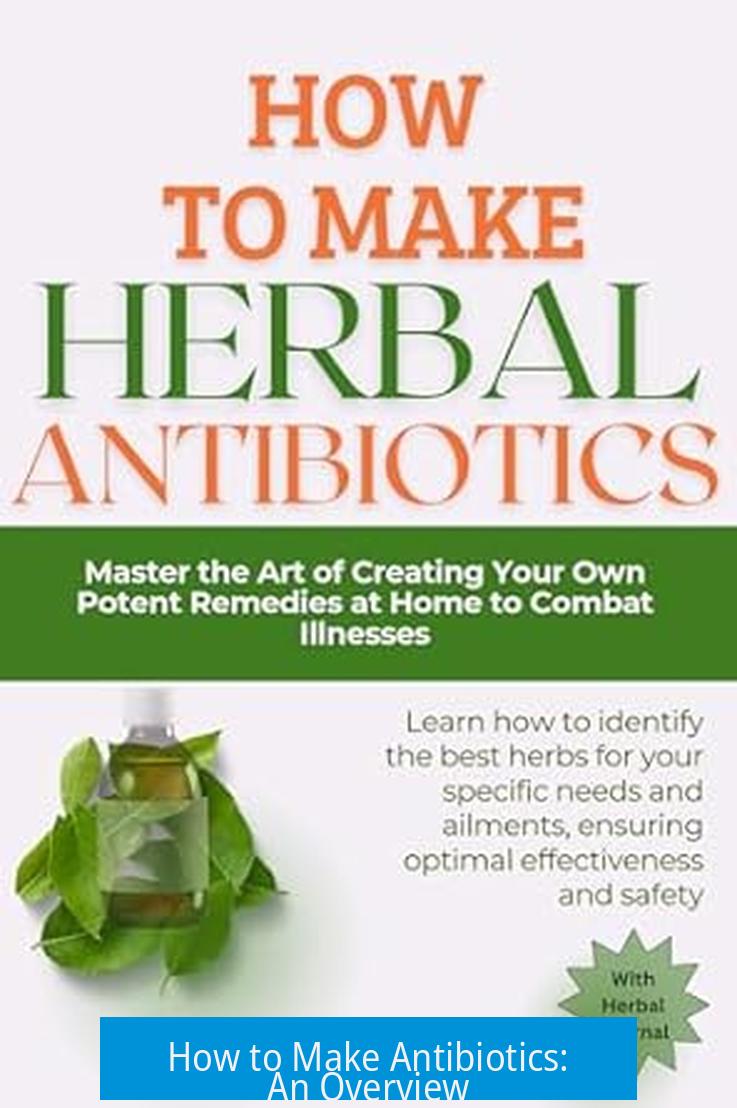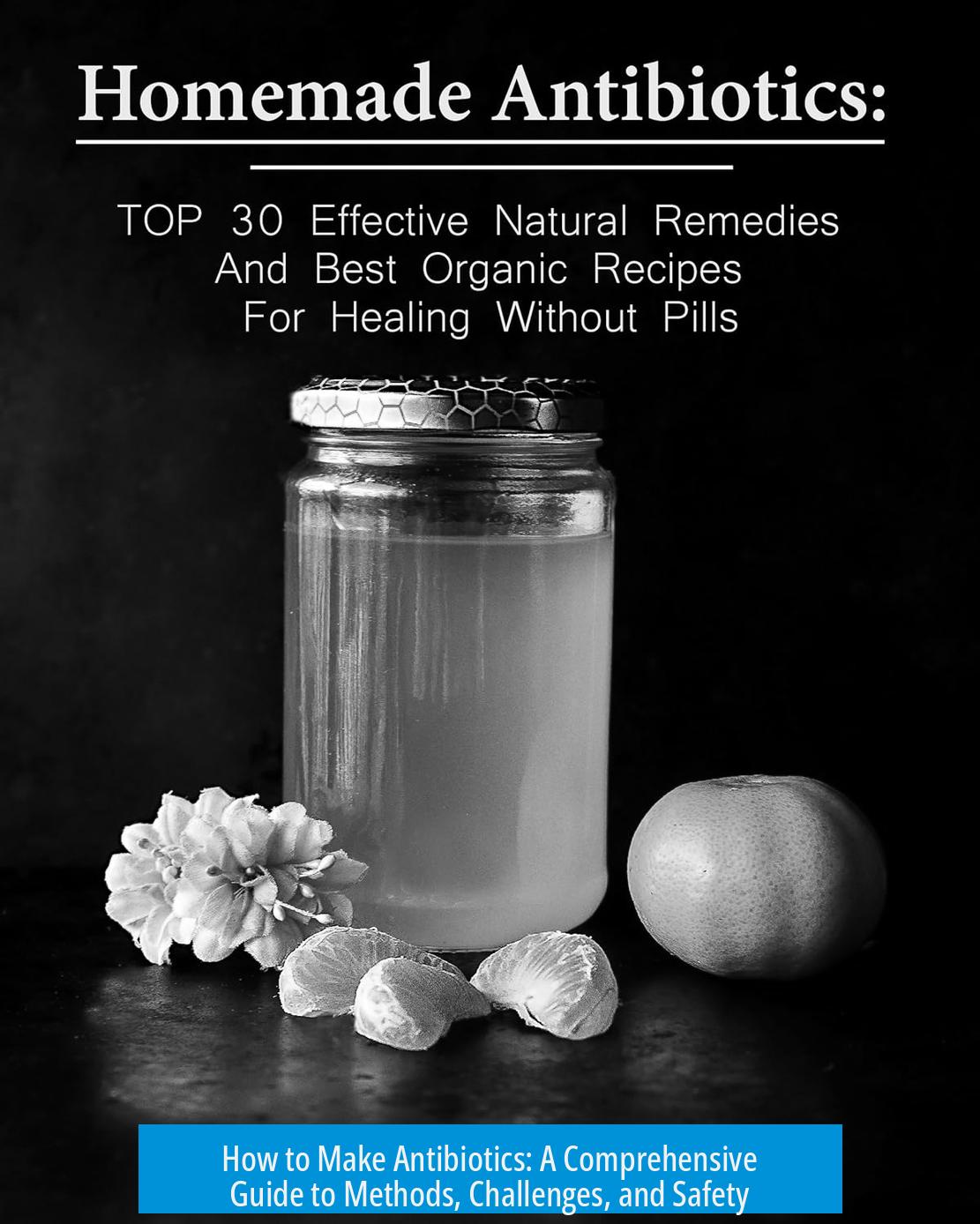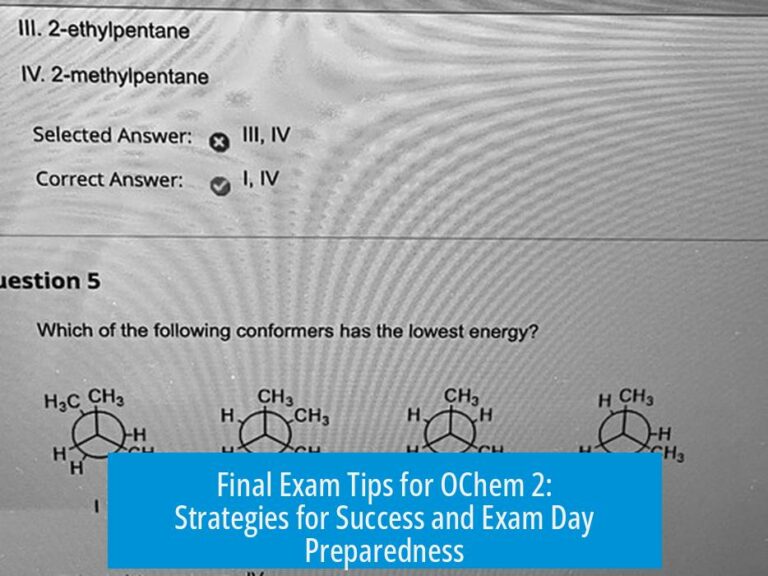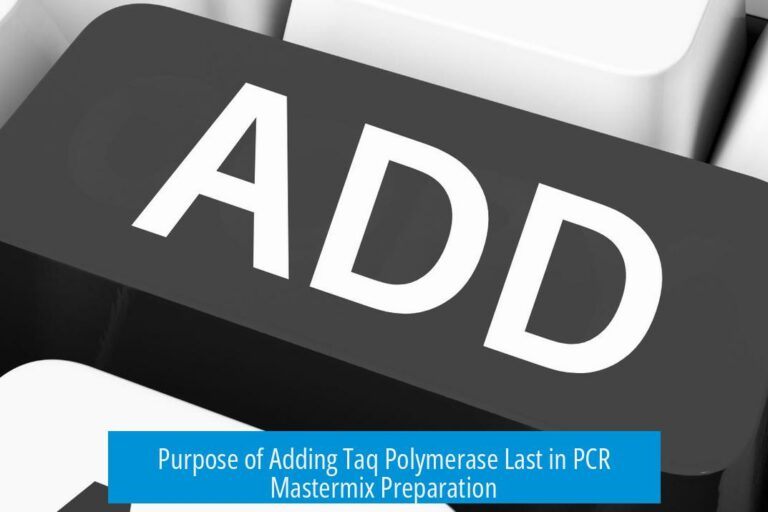How to Make Antibiotics: An Overview

Making antibiotics at home or outside professional settings is highly impractical and unsafe due to the complex processes, expensive equipment, and strict quality controls involved. While some antibiotics can be derived from microorganisms, synthetic production typically demands advanced chemistry skills and controlled environments. Understanding the feasibility, methods, and risks clarifies why manufacturing antibiotics is best left to experts.
Feasibility and Safety Challenges
Producing antibiotics requires specialized knowledge and equipment. Attempting synthesis with limited resources is unlikely to yield a pure or safe compound. Home labs generally lack facilities for quality analysis such as chromatography or spectroscopy that verify chemical identity and purity.
- Essential raw materials and reagents are hard to obtain or restricted.
- Complex organic synthesis demands PhD-level expertise in chemistry.
- Unsafe chemical reactions pose health hazards.
- Improperly synthesized antibiotics may be toxic or ineffective.
- Self-diagnosis and unregulated use risk serious medical harm.
Without rigorous testing, dosing information, and sterility validation, homemade antibiotics can harm seriously.
Synthetic Routes: The Example of Amoxicillin
Amoxicillin synthesis starts primarily with 6-aminopenicillanic acid (6-APA), a core intermediate usually derived from penicillin fermentation. The synthesis route involves:
- Maintaining pure cultures of Penicillium chrysogenum mold for penicillin production.
- Isolating and purifying 6-APA from fermentation broth.
- Chemically modifying 6-APA to introduce amoxicillin’s specific side chain via acylation.
- Purification and crystallization procedures to achieve safe dosage forms.
Acquiring 6-APA from suppliers simplifies steps but commercial sources are expensive and regulate distribution. Research labs or pharmaceutical plants require process certification and quality control compliance before producing antibiotics.
Reference Patent
For detailed synthetic procedure, see the patent US3980637A: Amoxicillin synthesis patent.
Antibiotics from Biotechnological Methods
A majority of antibiotics originate from microorganisms through fermentation or genetic engineering. Some enthusiasts explore basic microbiology techniques to cultivate antibiotic-producing molds, yeast, or bacteria. Key principles include:
- Using Petri dishes, nutrient broths, and vitamins to maintain colonies.
- Employing sterile techniques and UV light sterilization to prevent contamination.
- Microscopic examination and staining for microorganism identification.
- Extracting metabolites (“juice”) from mold cultures and testing antibacterial activity on bacterial colonies.
- Practicing strict lab hygiene, ventilation, protective gear, and sterilizing wastes properly.
For example, Penicillium mold grown on bread can generate penicillin-like molecules. Yet, precise identification, purification, dosage control, and safety testing remain significant hurdles. Such experiments are exploratory and not replacements for pharmaceuticals.
Simpler DIY Antibiotics: Sulfonamides
Sulfa drugs, an older class of antibiotics, have simpler chemical structures that might be feasible for skilled amateurs under controlled conditions. These sulfur-based molecules are less complex than beta-lactams like penicillin. A basic process overview includes:
- Synthesis involving sulfonamide functional groups.
- Using accessible chemical reagents with standard lab glassware.
- Requires organic synthesis knowledge and safety precautions.
An example tutorial (https://youtu.be/gXLGLQdrFsU?si=YmuMrUIgVX9PQb5N) demonstrates basic synthetic steps and equipment but does not guarantee safety or efficacy. All such ventures carry legal and health risks.
Professional Insights into Antibiotic Synthesis
Even trained pharmaceutical chemists face major challenges producing advanced antibiotics like azithromycin, doxycycline, or combinations such as amoxicillin-clavulanate. Drug discovery involves:
- Multi-step organic synthesis with precise reaction conditions.
- Stringent purity, activity, and toxicity screening.
- Comprehensive regulatory approval processes.
- Large-scale manufacturing facility requirements.
Experts emphasize that amateur attempts are generally hazardous and likely to fail. Textbooks such as The Organic Chemistry of Drug Design and Drug Action offer guidance for professionals, not DIY projects.
Regulatory and Legal Considerations
Antibiotic production and usage are heavily regulated to ensure safety. Authorities require:
- Certification of manufacturing processes and facilities.
- Validated quality control and batch consistency.
- Clinical testing for efficacy and adverse effect monitoring.
- Compliance with legal restrictions on chemical substances and drugs.
Unauthorized synthesis or distribution may lead to legal sanctions and health dangers like contamination or toxicity. Past incidents of unregulated drug use resulted in severe health consequences, exposing manufacturers and users to risks.
Summary of Key Points
- Producing antibiotics independently is unsafe, expensive, and chemically complex.
- Synthetic routes like amoxicillin require purified starting materials and skilled organic chemistry.
- Biotechnological methods depend on maintaining pure microorganism cultures and sterile conditions.
- Simpler antibiotics such as sulfonamides are theoretically more accessible but not without risks.
- Professional labs follow strict regulations and quality controls to ensure safety and effectiveness.
- Legal and medical frameworks strongly discourage unregulated antibiotic synthesis and use.
- Consulting a healthcare provider for prescriptions remains the safest approach to antibiotic therapy.
Can I make safe and pure antibiotics at home with basic equipment?
No. Making safe antibiotics needs expensive gear and advanced chemistry skills. Without proper tools, you cannot verify purity or safety. Home setups cannot ensure consistent, reliable results.
What is needed to produce amoxicillin synthetically?
Amoxicillin starts from 6-aminopenicillanic acid, often derived from Penicillium molds. You must keep pure mold colonies or buy this acid chemically. The process must be certified and done in professional labs.
Is it possible to make antibiotics using molds or bacteria at home?
Yes, molds and bacteria produce many antibiotics. You can grow and mutate molds on bread or nutrient broths, observing effects on bacteria. But strict cleanliness and protective equipment are crucial to avoid hazards.
Are sulfonamide antibiotics easier to produce than penicillin derivatives?
Sulfonamides are chemically simpler and might be more approachable for amateur chemists. They require less complex synthesis steps compared to beta-lactam antibiotics like penicillin.
What legal restrictions apply to making antibiotics?
Producing antibiotics involves strict regulation. Manufacturing for human use demands certified processes and adherence to safety protocols. Illegal or unregulated production risks serious health harm and legal consequences.
Why is making your own antibiotics discouraged?
Making antibiotics without expert knowledge and lab facilities risks contamination, wrong dosages, and harmful side effects. Misuse can cause severe injury or death. It’s safer to get antibiotics through medical professionals.





Leave a Comment